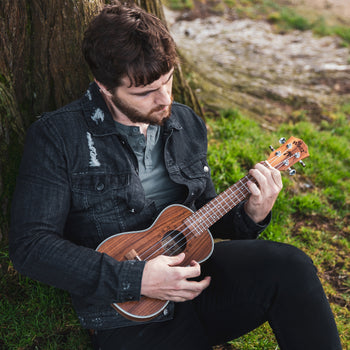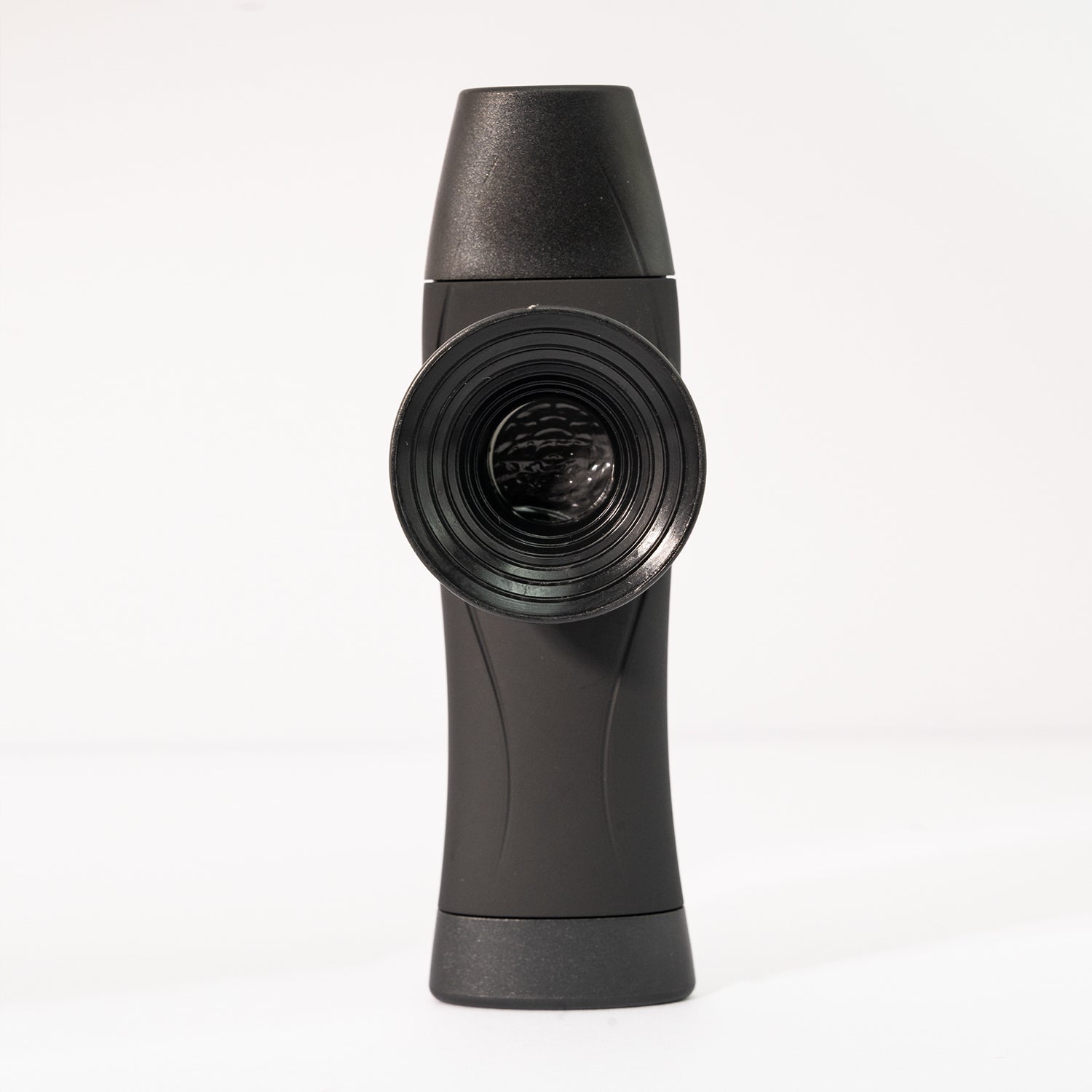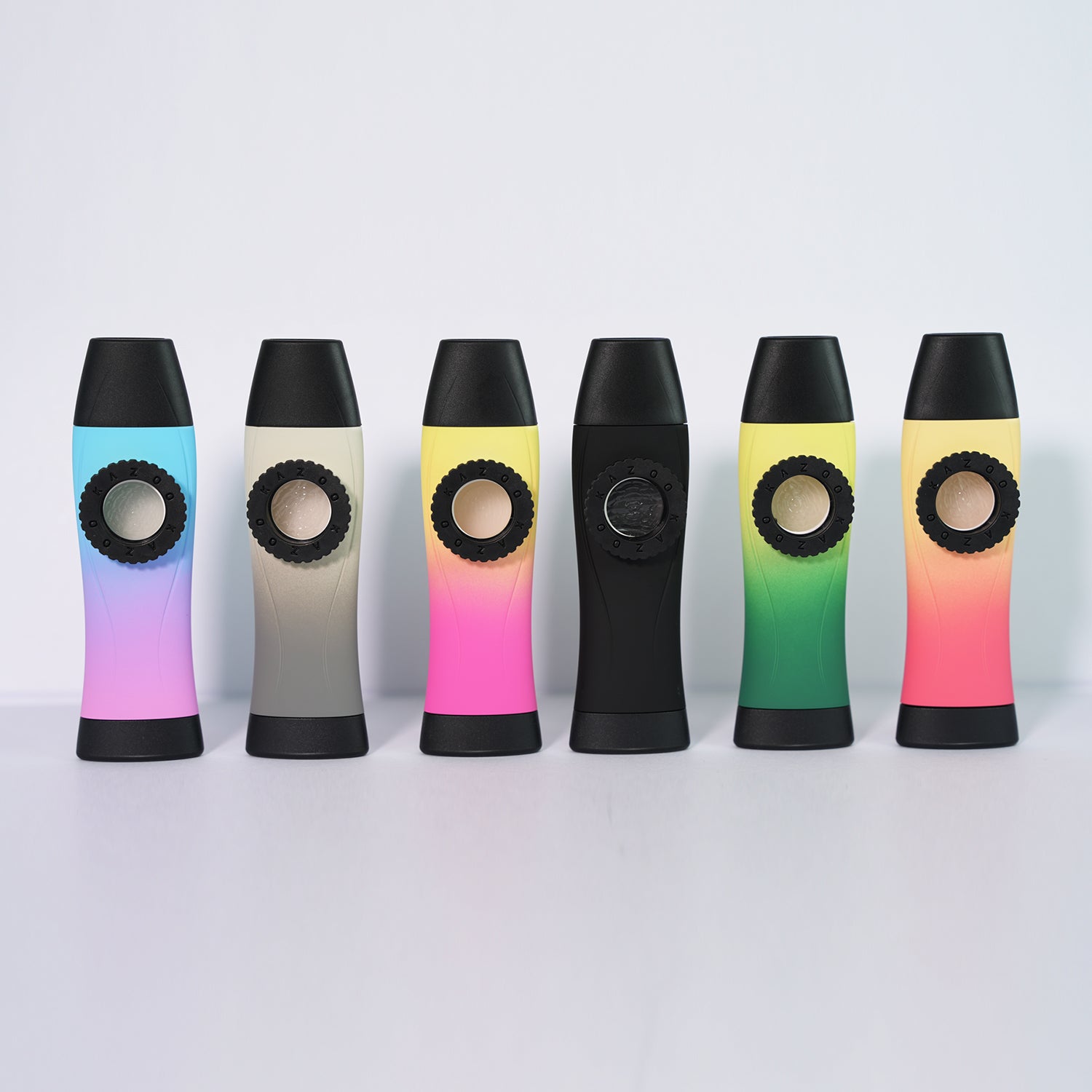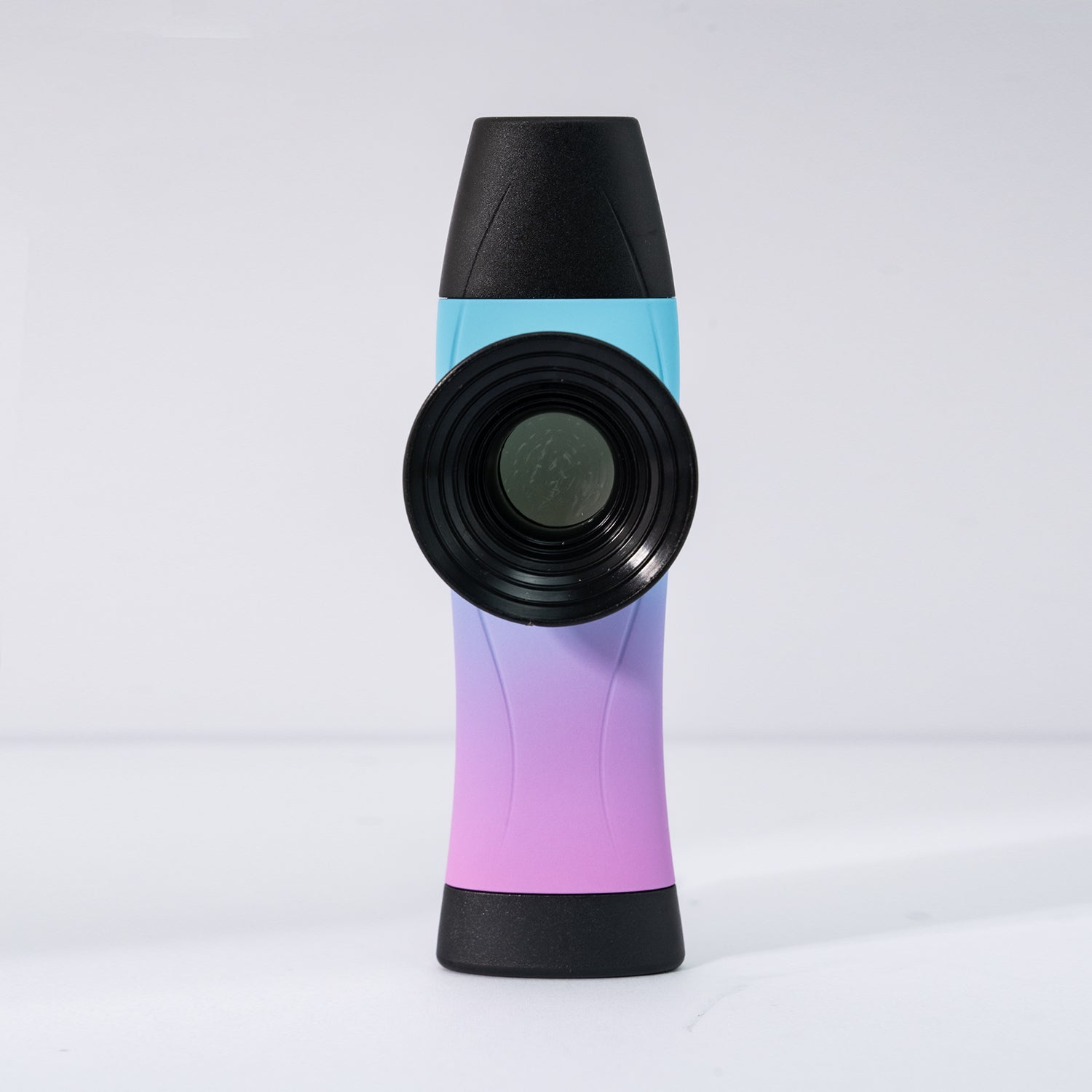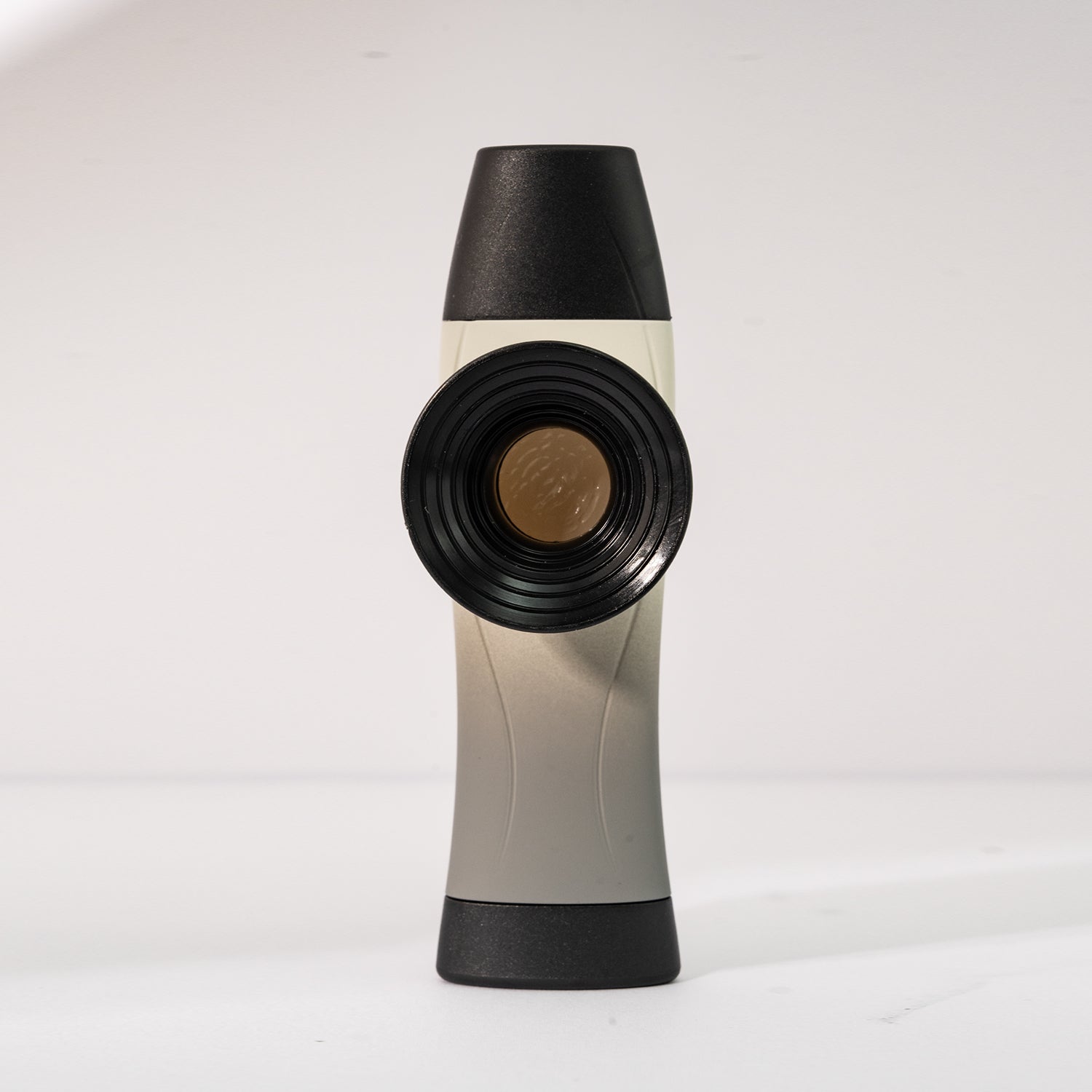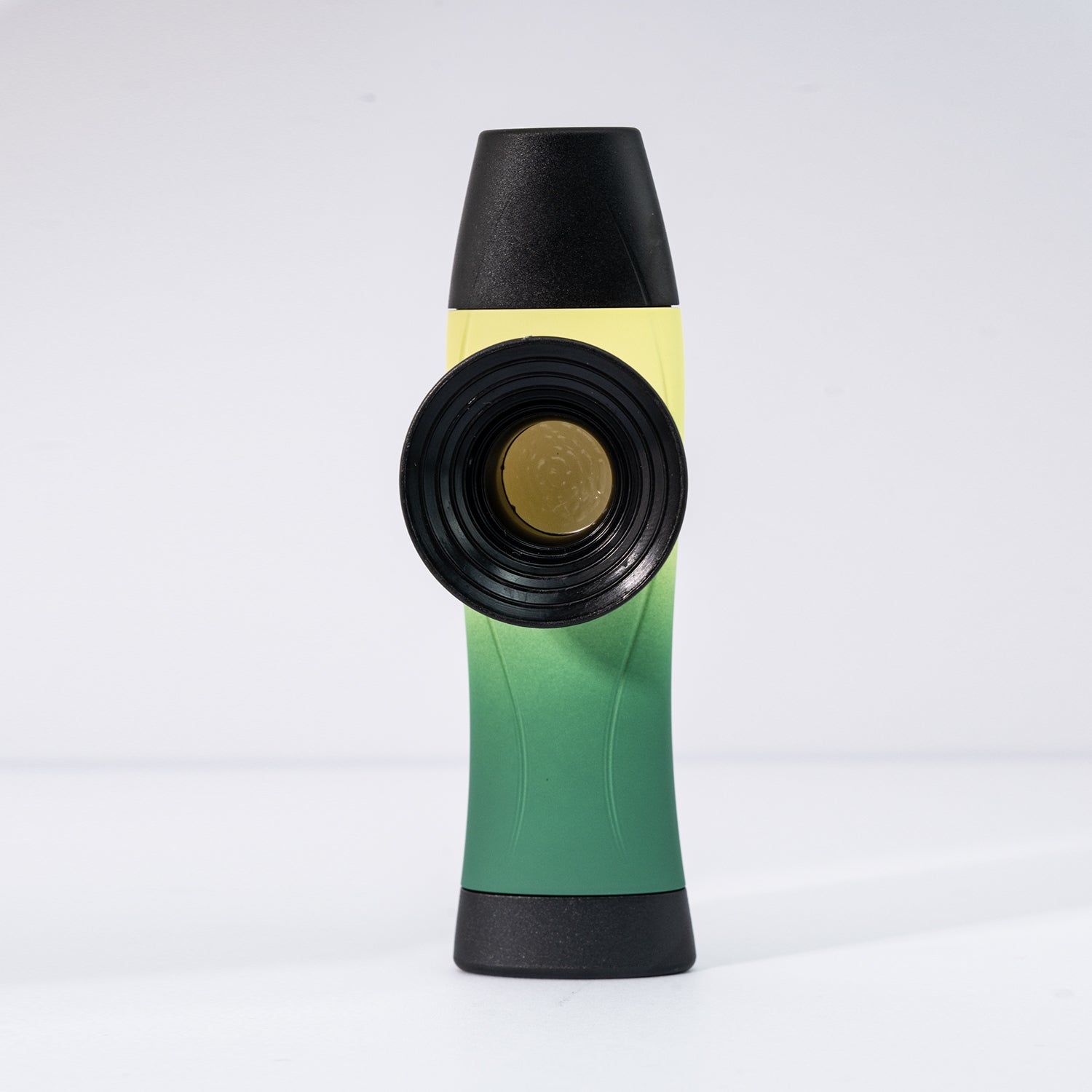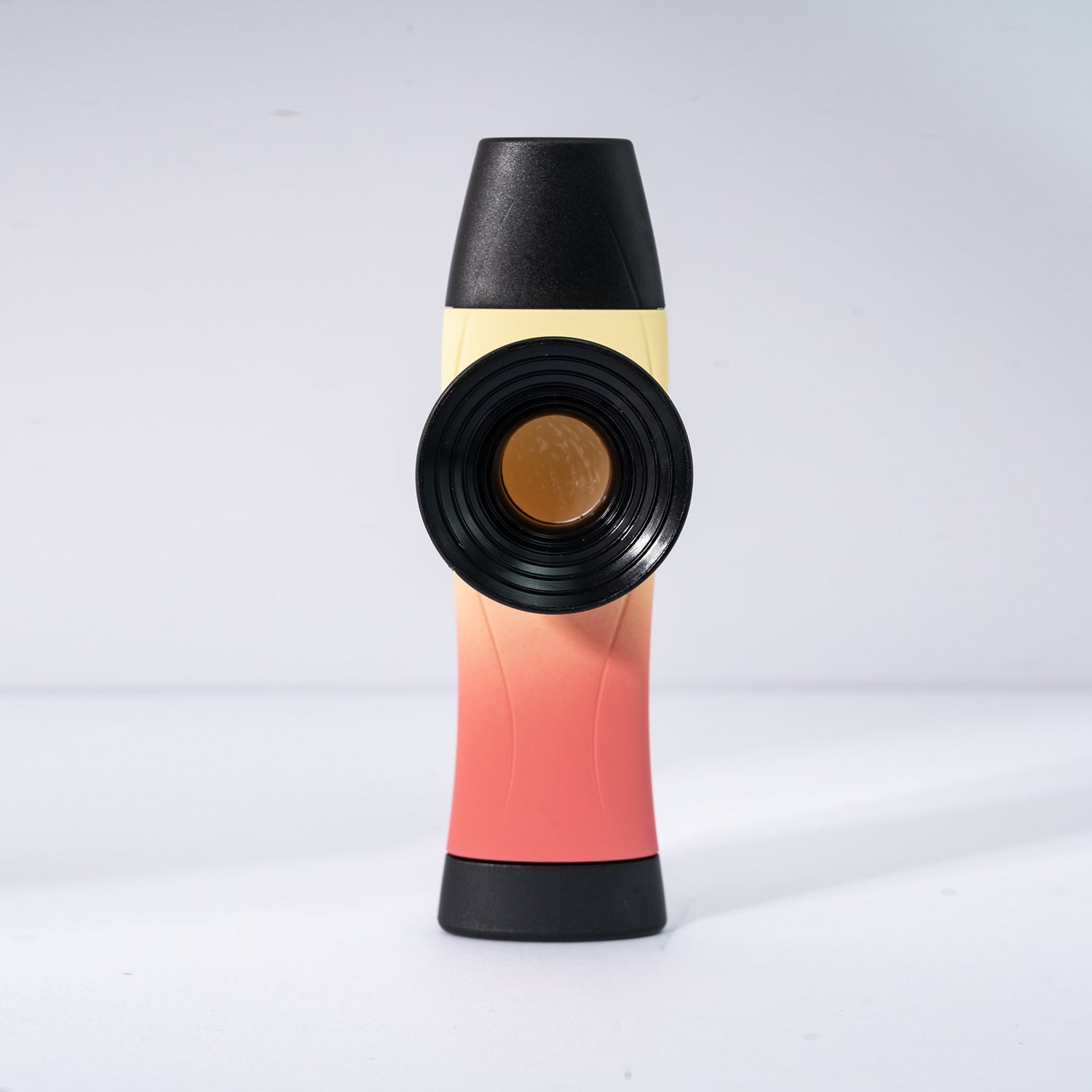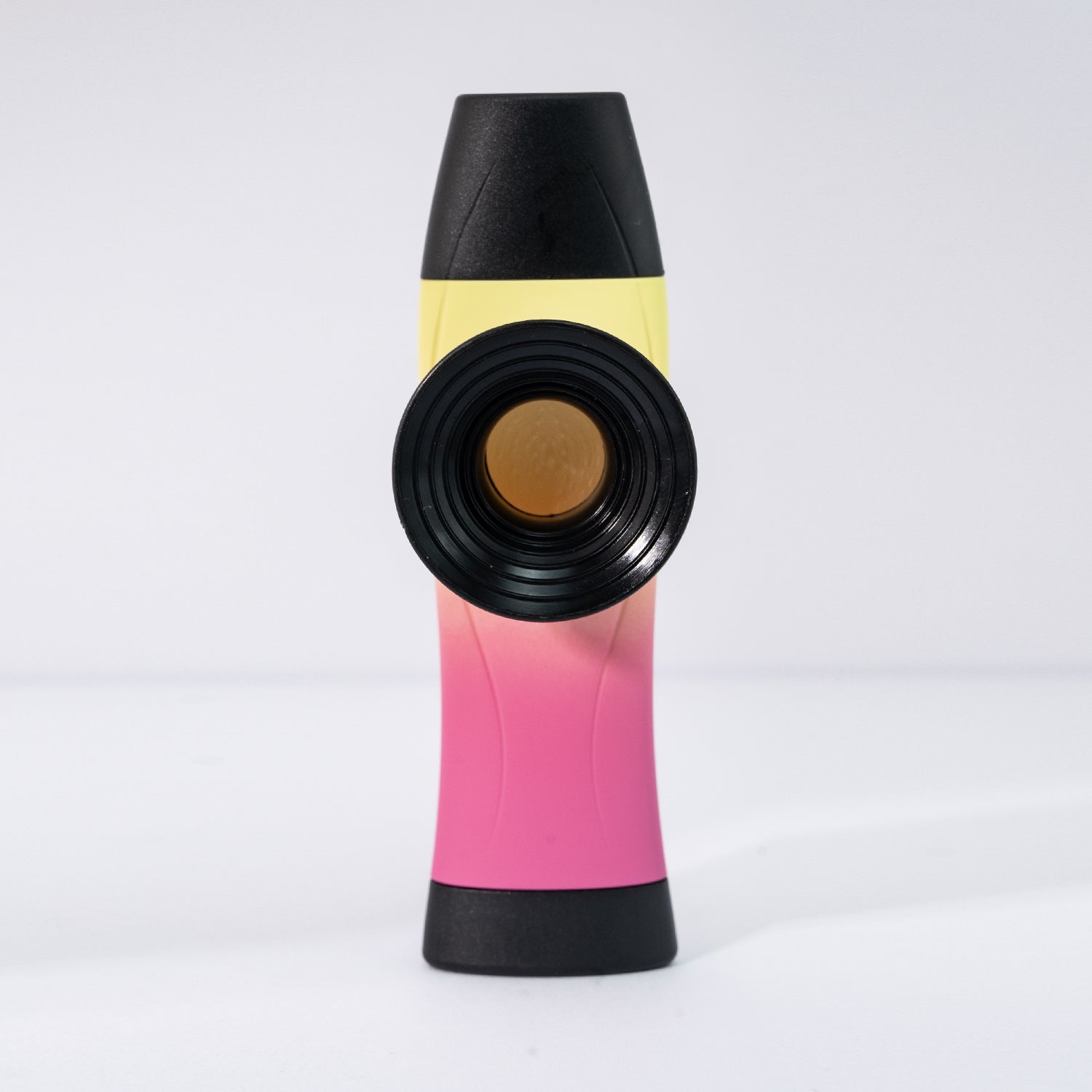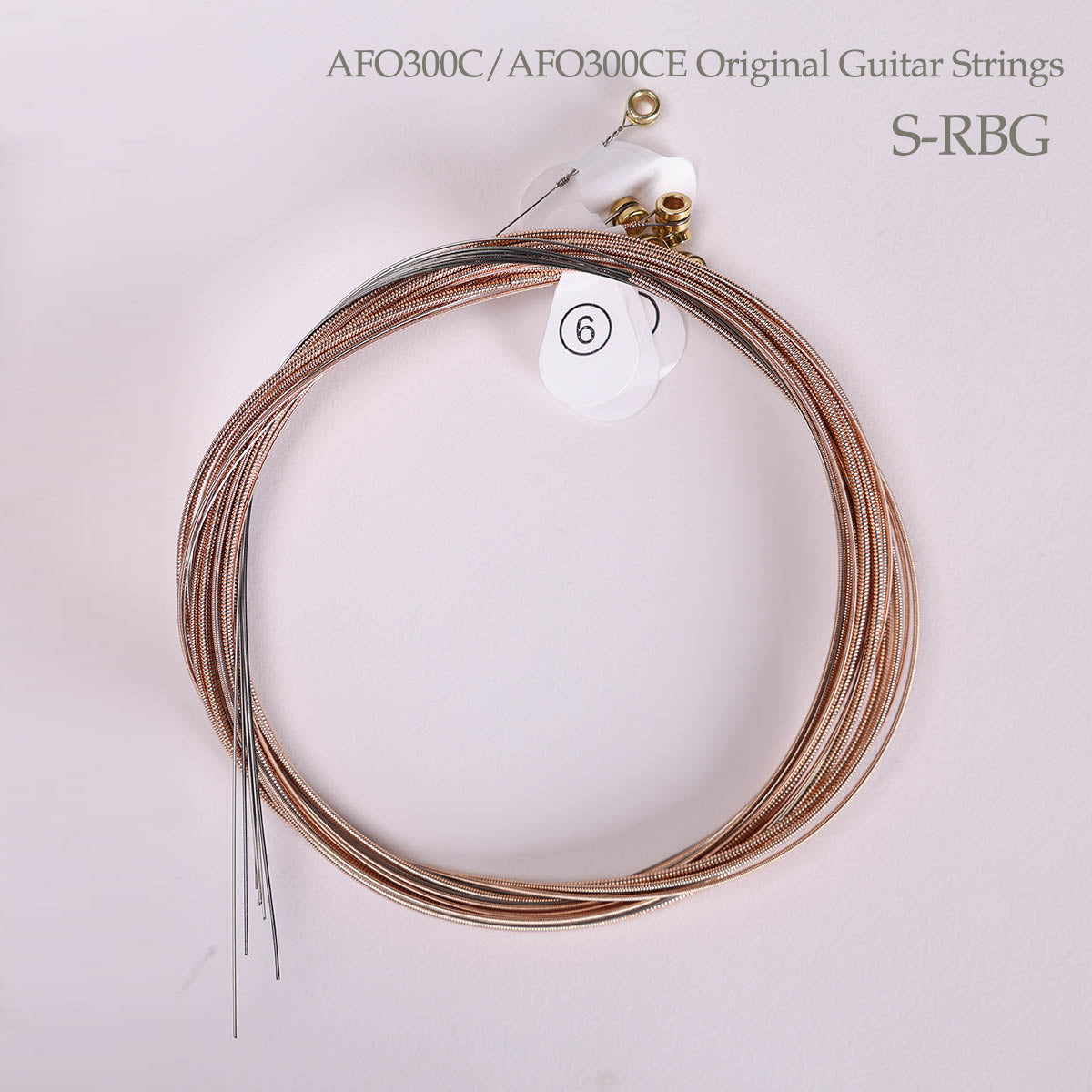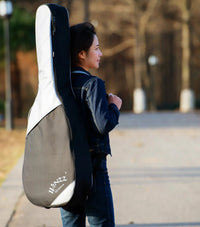Passive vs Active Controls — What You Need to Know
Passive Electronics (common in vintage-style basses)
Simple design: Typically just volume and tone knobs.
Tone knob = cut-only filter, meaning you can only reduce bass or treble, not boost them
Dynamic response: Your playing affects the sound more; hit harder = more output, softer = more mellow
No battery required: Always works, no risk of electronics dying midgig
Output can degrade with long cables due to high impedance
Active Electronics (includes active preamps or pickups)
Powered by battery: Usually 9V (sometimes 18V)
Boost and cut: EQ knobs let you both boost and cut bass, mids, or treble
Stronger, cleaner signal: Lower impedance = better clarity and less loss on long cables
Consistent tone: Less dynamic fluctuation—more “compressed” sound
Battery maintenance: Battery dying means no active tone—unless you have a bypass switch
Active/Passive Switch — Best of Both Worlds
Many basses include a toggle or push/pull pot to switch between modes
· In active mode, EQ is engaged and signal is boosted.
· In passive mode, the active circuitry is bypassed—volume/tone functions like a passive bass
· If your battery dies on stage, switch to passive and keep playing .
Many players enjoy the more organic tone in passive mode and the tonal control in active mode .
|
Mode |
Best For |
Why |
|
Active |
Live gigs, long runs, shaping tone on the fly |
Boost/cut EQ, stronger signal, noise reduction |
|
Passive |
Recording, vintage styles, raw dynamics |
More expressive response, no battery worry |
|
Switch mode |
Musicians wanting versatility |
Seamless switch if battery dies or for tone variety |
Passive = no battery, dynamic and simple, tone knob only cuts frequencies.
Active = battery-powered EQ, can boost/cut, cleaner strong signal, needs battery care.
Active/Passive switch = flexibility—use EQ when needed, fallback to passive if battery dies or for raw tone.



